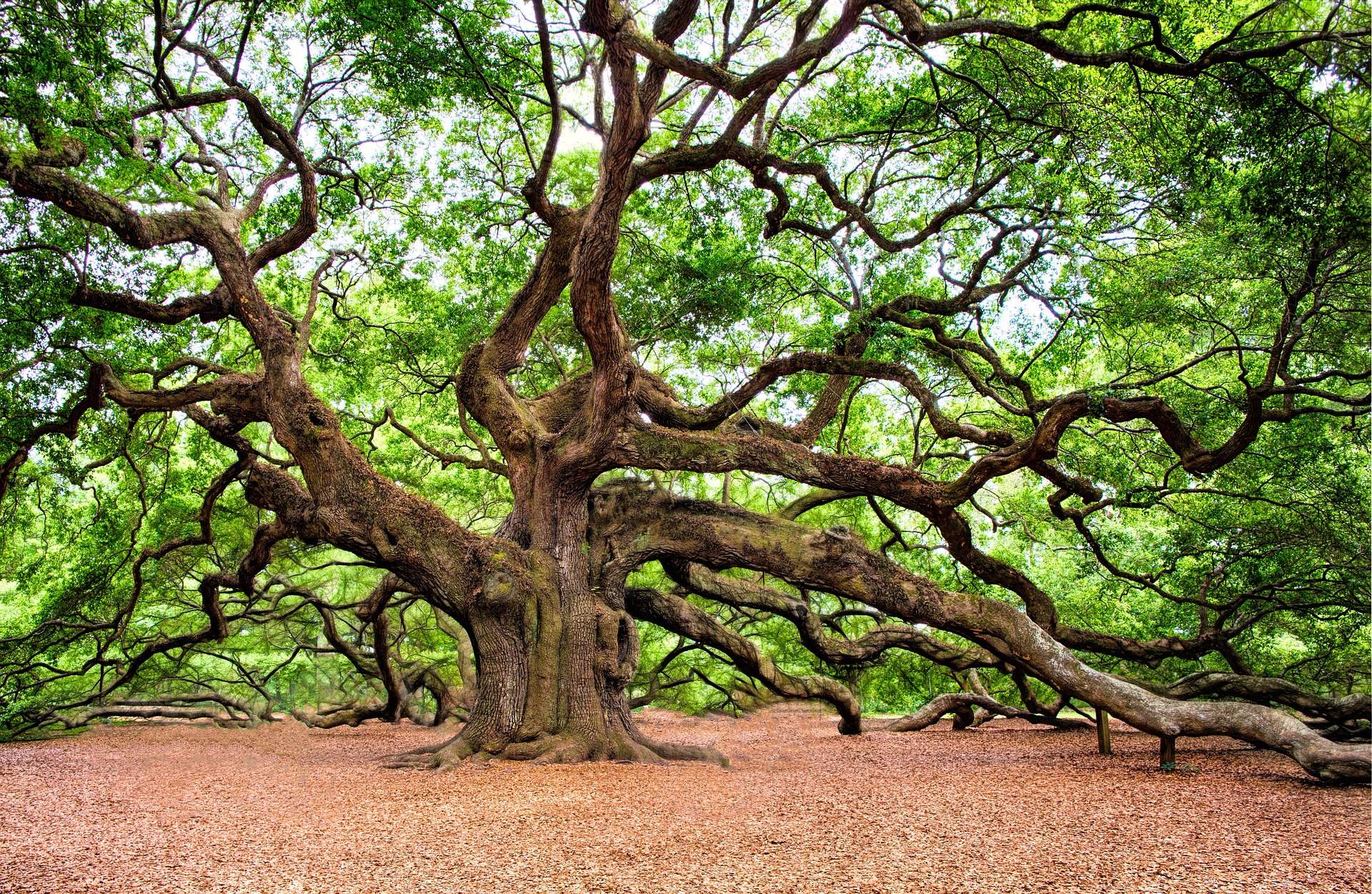ARE YOU READY FOR SOME HELP?
What is powdery mildew?
Powdery mildew is caused by a fungus and is one of the most common plant diseases. It affects almost all plants but is most common in ash, lilac, cherry, apple, crabapple, pear trees, aspen, and cottonwood trees. There are several types of powdery mildew, and they all cause similar damage, unsightly white or gray powder covers leaves, and leaves may be deformed, turn yellow, and fall from trees, but it is rarely fatal.
Image by: William M. Brown Jr., Bugwood.org
How to identify powdery mildew
Look for patches of white to gray powder on leaf surfaces in mid to late summer, more severe infections may grow to cover the entire leaf. It is most often found on top of leaves, but it is also found under leaves, and on buds, shoots, and flowers. Infected leaves may be deformed and fall prematurely. The powder is made up of the pinhead-sized fruiting bodies of the fungus, and starts white, changing to yellow-brown and finally black.
Image by: Petr Kapitola, Central Institute for Supervising and Testing in Agriculture, Bugwood.org
Life cycle of powdery mildew
The fungus that causes powdery mildew overwinters as black fruiting bodies or fungal threads on leaf debris. In the spring, the fruiting bodies create spores that are carried by raindrops, wind, and insects to the trees. The spores germinate and grow on the surface of the plant, and may spread over the entire plant. The fungus forces feeding tubes into the plant to obtain its water and nutrients. The powdery mildew remains on the leaves and plant materials when they drop in the fall, where they overwinter.
Image by: Edward L. Barnard, Florida Department of Agriculture and Consumer Services, Bugwood.org
How to control powdery mildew
Plant tree varieties that are resistant to powdery mildew, and plant them in sunny locations. Remove and destroy infected plant materials after the leaves drop in the fall to prevent reinfection next spring. Prune for better air circulation to reduce the humidity, and water in the morning to allow the plant to dry before night because the spores require high humidity to germinate, although this fungus doesn’t require water to germinate, and the spores can be washed off with water. Powdery mildew prefers new growth, so avoid over-fertilization especially in the late summer, to limit the new growth available to the fungus. Sulfur products, potassium bicarbonate, horticultural oils, milk, and fungicides can all be used to control powdery mildew.













